Dark Sky Week: 12 spectacular BLM stargazing sites
April 21-28 is International Dark Sky Week! It’s a perfect time to highlight that BLM-managed public lands include countless great spots where people can enjoy amazing views of the night sky. Here we offer just a small sampling – one site per BLM state office – of places where folks can head out for a magical nighttime outdoor experience!
Know Before You Go
Before visiting these sites, it’s important to remember safety first! Unlike a short jaunt into your backyard or local park, a trip to remote BLM lands for night sky viewing requires careful planning and a healthy dose of caution, as this can be a high-risk activity. Everything from long night drives and dirt roads to cold temperatures, loss of cell signal, and more may be in store. This checklist from “Park to Park in the Dark” is a good starting point for thinking about how to prepare for your adventure. Be sure to also check the website of the location you’re visiting and/or the nearest BLM office for important local safety information and hours of operation.
Also, here are a few general planning resources for night sky viewing:
(Note: The BLM neither endorses these organizations or products and services they offer, nor controls or guarantees the accuracy, relevance, timeliness, or completeness of information contained on these websites.)
- ClearDarkSky.com provides clear sky charts, a light pollution map, and other info.
- TimeAndDate.com provides a calendar of upcoming astronomical events.
- Stellarium Web provides an online planetarium for identifying night sky features.
And for those interested in taking night sky photos, check out this archived BLM blog post that provides astrophotography tips.
With that in mind, let’s go! Here are a dozen great places – among many others not listed – to visit for a great night of stargazing on America’s public lands!
Alaska | Arizona | California | Colorado | Eastern States | Idaho |
Montana-Dakotas | Nevada | New Mexico | Oregon-Washington | Utah | Wyoming
Alaska
White Mountains National Recreation Area
About an hour from Fairbanks, the White Mountains National Recreation Area offers more than a million acres of pristine wilderness, breathtaking scenery, and peaceful solitude. Plan your visit between September and March when winter’s short days provide ample opportunities for stargazing and a chance to see the Northern Lights.
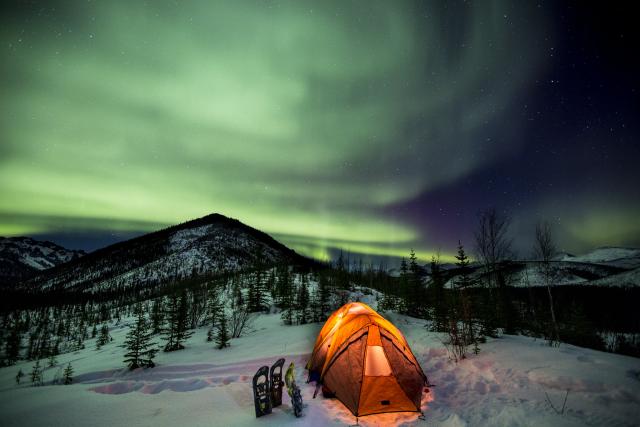
Arizona
Grand Canyon-Parashant National Monument
Far more secluded and undeveloped than neighboring Grand Canyon National Park, this remote million-acre-plus monument in northern Arizona, jointly managed by the BLM and the National Park Service, was certified as the Parashant International Dark Sky Province in 2014. It was the first BLM site to receive dark sky certification.
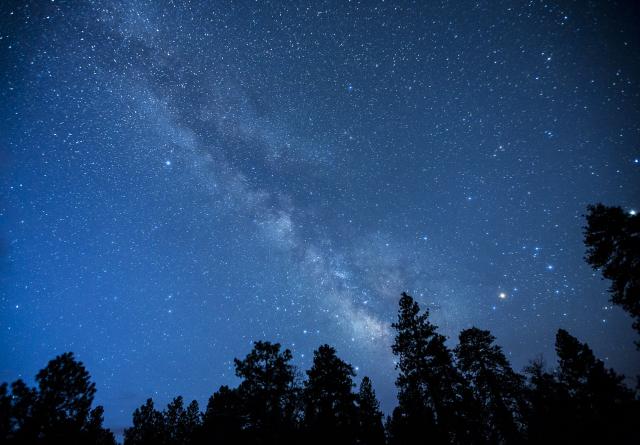
California
Mojave Trails National Monument
Spanning 1.6 million acres of BLM-managed public lands in southern California, Mojave Trails National Monument encompasses spectacular mountain ranges, sand dunes, and ancient lava flows within the Mojave Desert.
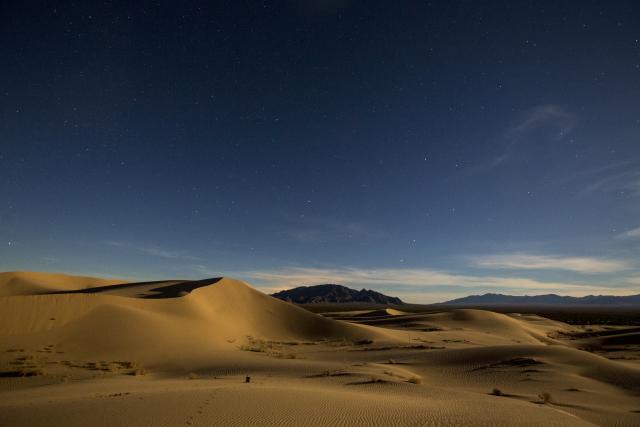
Colorado
Gunnison Gorge National Conservation Area
Certified as an International Dark Sky Park in 2024, the 62,844-acre Gunnison Gorge National Conservation Area in west-central Colorado has no artificial light sources within its boundaries, offering incredible views of the night sky. It is also adjacent to Black Canyon of the Gunnison National Park and Curecanti National Recreation Area, which also hold Dark Sky certifications.
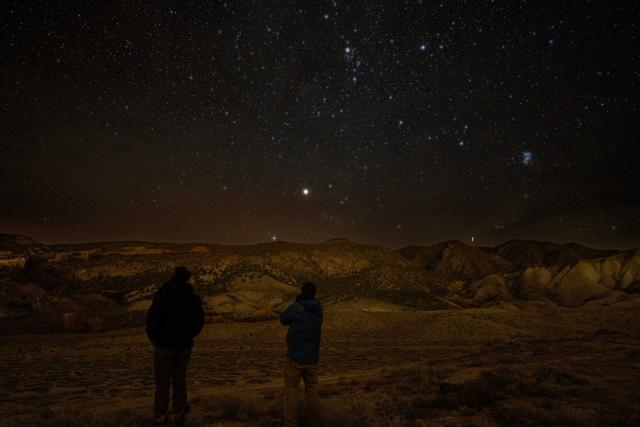
Eastern States
In northeastern Minnesota, BLM Eastern States manages 86 of the more than 365 islands found on the 40,000-acre Lake Vermilion. The lake’s north shore includes an entry point to the Boundary Waters Canoe Area Wilderness, a certified International Dark Sky Sanctuary.

Idaho
Craters of the Moon National Monument
Jointly managed by the BLM and the National Park Service, the 750,000-acre Craters of the Moon National Monument and Preserve is a geologic wonder. The vast volcanic landscape, situated in a rugged, sparsely populated region of interior Idaho, was certified as an International Dark Sky Park in 2017.

Montana-Dakotas
Situated about 18 miles north of Billings, Montana, the BLM’s 3,800-acre Acton Recreation Area is a great spot for camping and a variety of other outdoor recreation activities year-round. The site is also included as a destination on the Montana’s Trail to the Stars website.
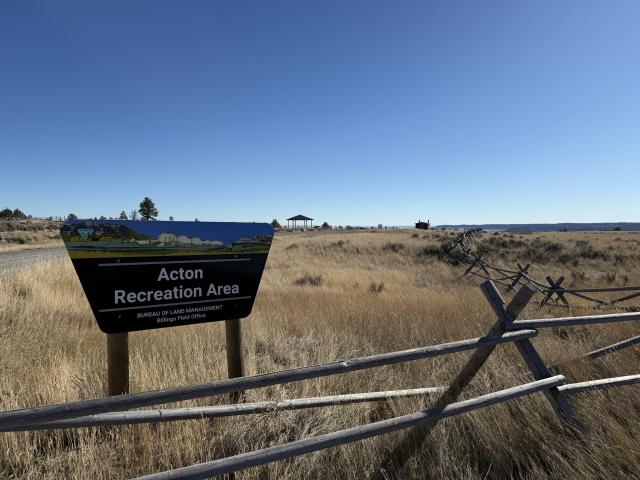
Nevada
Massacre Rim Dark Sky Sanctuary
One of the darkest places in the United States, Massacre Rim was certified as an International Dark Sky Sanctuary in 2019. The site’s remote location and favorable topography provides for amazing stargazing opportunities for those able to make the trek.

New Mexico
Rio Grande del Norte National Monument
This 242,500-acre monument in the northern New Mexico Rio Grande Valley includes vast and rugged open plains, volcanic cones, steep canyons, and winding rivers, providing varied outdoor recreation opportunities to go along with great views of the night sky.
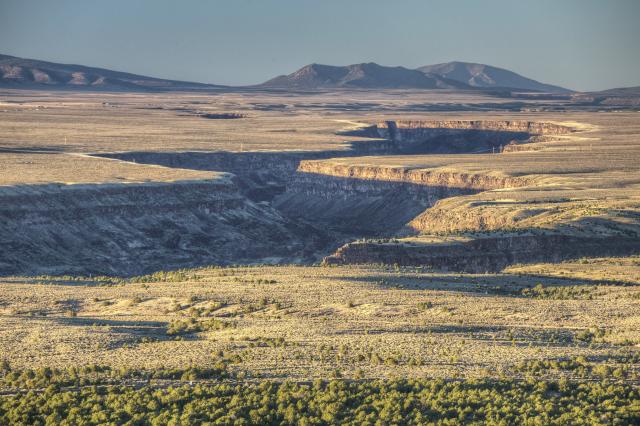
Oregon-Washington
Oregon Outback Dark Sky Sanctuary
The largest International Dark Sky Sanctuary, this remote 2.5-million-acre area in southeastern Oregon includes unparalleled views of the night sky on nearly 1.7 million acres of high desert country managed by the BLM Lakeview District Office.

Utah
Bonneville Salt Flats Special Recreation Management Area
Located 120 miles west of Salt Lake City, this unique 30,000-acre expanse made mostly of sodium chloride (i.e., table salt) is known for activities such as land speed racing, but its remote location also makes it an excellent spot for stargazing.
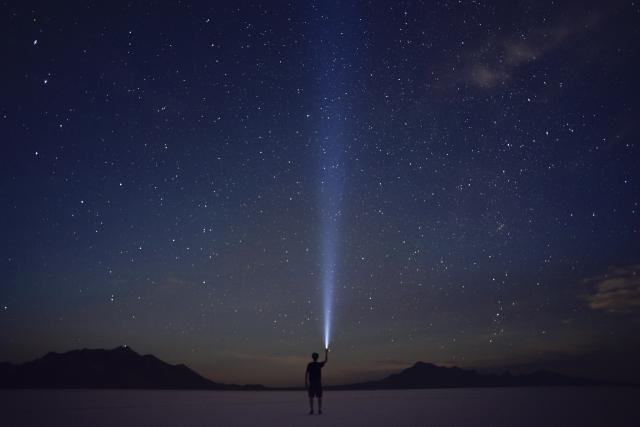
Wyoming
National Historic Trails Corridor
In central Wyoming, the Oregon, Mormon Pioneer, California, and Pony Express National Historic Trails all share the same corridor through what is known as the South Pass region. This historic, vast, and lightly populated area is filled with opportunities for stargazing alongside other outdoor recreation activities.
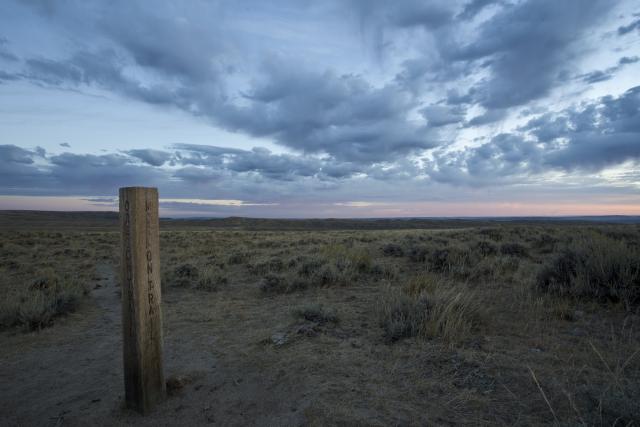
Greg Fuhs, BLM Public Affairs Specialist
Related Stories
- BLM recreation sites available to all: Exploring accessibility on California’s public lands
- A day on patrol with BLM Arizona Ranger Rocco Jackson
- BLM recreation sites available to all: Exploring accessibility on Arizona’s public lands
- Overcoming challenges to move the BLM forward: Nikki Haskett
- Steer clear of muddy roads and trails this spring
